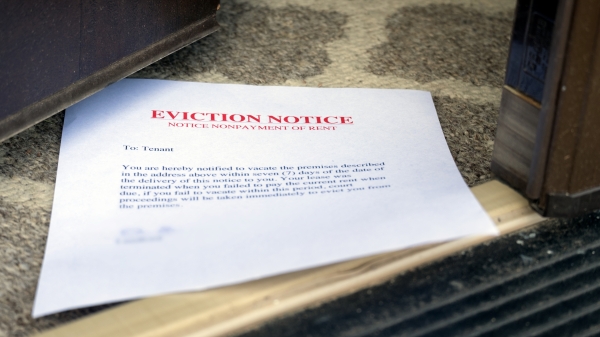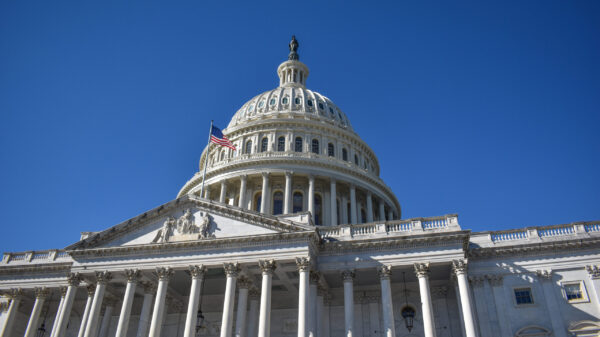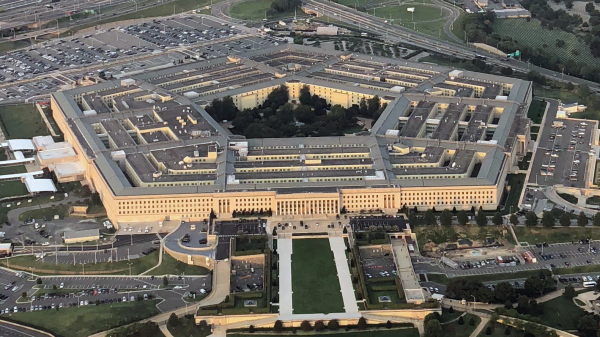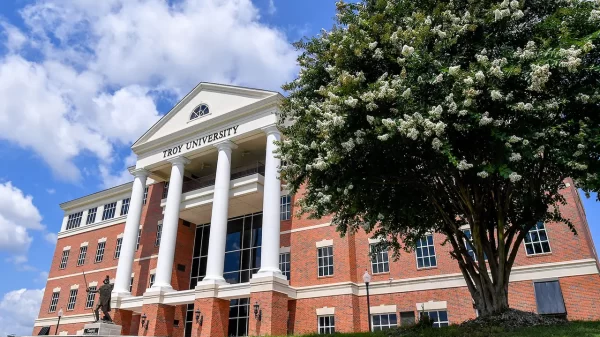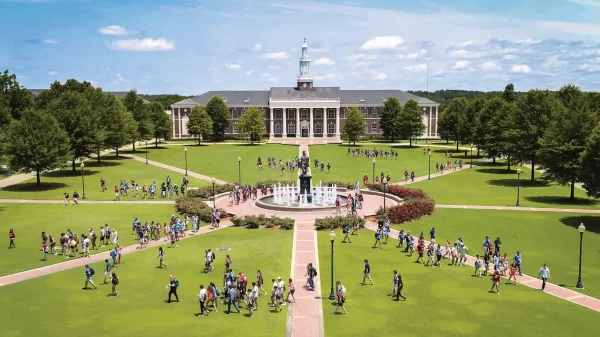Representatives Shomari C. Figures, D-Alabama, and Chuck Edwards, R-North Carolina, introduced the bipartisan Building Resilient Infrastructure and Communities, BRIC, Act this week, aiming to overhaul FEMA’s 2018 hazard-mitigation program and ensure rural communities receive fairer access to disaster relief funding.
“This bipartisan bill ensures that rural communities and areas frequently impacted by natural disasters have greater access to the funding they need to strengthen critical infrastructure,” Figures said. “It recognizes the urgent need to direct disaster relief to the places that need it the most.”
The legislation would replace the existing fully competitive grant model with a formula-based approach to distributing BRIC funds. Under the proposed structure, one-third of the funding would be divided equally among all states, one-third would be based on population, and the remaining third would go to states most vulnerable to natural hazards such as hurricanes and severe storms.
Edwards pointed to the devastation caused by Hurricane Helene, which made landfall in western North Carolina on September 27, 2024, as a prime example of why the current system fails many communities.
“Since Hurricane Helene made landfall in Western North Carolina… it has become increasingly clear to me how essential FEMA’s BRIC funds are for community infrastructure, and how unfairly they are currently distributed, especially for rural areas,” Edwards said. “That’s why I’m proud to co-lead this bipartisan legislation to reform and strengthen the BRIC program alongside Congressman Figures. This legislation takes meaningful steps to improve the accessibility and effectiveness of BRIC funding by prioritizing fairness in distribution and enhancing support for local governments.”
In underserved regions like Alabama’s Black Belt and North Carolina’s mountain towns—both of which suffered catastrophic flooding and infrastructure damage during Helene—the current competitive grant process has proven to be a significant obstacle. Despite $59.6 billion in estimated damage from the storm, some counties received little to no FEMA assistance, underscoring the urgency behind the reform.
“We applaud Rep. Figures’s initiative in advancing legislation to ease the process for low-capacity jurisdictions to access crucial hazard mitigation funding,” said Sarah Edwards, legislative counsel at the Southern Environmental Law Center. “While FEMA’s BRIC program has produced cost-effective, meaningful projects across the country, it is imperative that small and rural communities have improved access to those resources and are empowered to implement risk reduction measures that matter most to them.”
The BRIC Act has already drawn bipartisan praise and earned endorsements from the National Association of Counties, BuildStrong America, and the Alabama Association of Emergency Managers.
Momentum for change has grown since FEMA canceled the BRIC program in April 2025, a move that left critical rural projects—such as wastewater upgrades in North Carolina—in limbo. The agency cited a shift toward a new funding model, but critics argue that the decision left small communities, many already stretched thin, without resources to rebuild or prepare for future disasters.
The American Society of Civil Engineers’ 2025 Infrastructure Report Card echoed those concerns, noting that rural and mountainous regions often struggle to secure funding for vital infrastructure like bridges and roads and face disproportionate barriers to recovery.
The BRIC Act now awaits review by the House Committee on Transportation and Infrastructure. If passed, a companion bill will need to be introduced in the Senate before the reform can become law.
Figures and Edwards say their bill is about equity, preparedness and ensuring no community is left behind when the next disaster strikes. They’re hoping Congress will agree.











